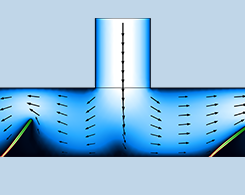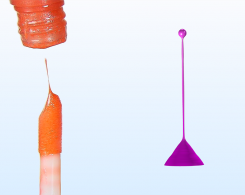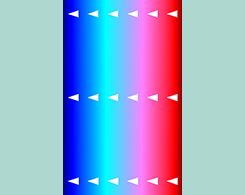Microfluidics Blog Posts

Simulating a Valveless Micropump Mechanism
Valveless micropumps are integral to many microfluidic systems. Simulation can be used to study the fluid–structure interaction occurring in these components to improve their performance.

Modeling Non-Newtonian Flow in Porous Media
Learn how to use simulations to develop a homogenized approach for modeling non-Newtonian flow in porous structures.

How to Model Periodicity in Microfluidic Systems
By modeling periodicity in a microfluidic device with serpentine channels, you can determine the required channel length that will ensure good mixing of the chemical species.

Modeling an Acoustic Trap: Thermoacoustic Streaming and Particle Tracing
Acoustic traps are used in a range of biomedical applications for manipulating cells and particles. See how an acoustic trap can be simulated in COMSOL Multiphysics® here.

Modeling a Rapid Detection Test in COMSOL Multiphysics®
Curious about how exactly the rapid detection tests for COVID-19 work? Get a comprehensive explanation here, as well as 3 example models in COMSOL Multiphysics®. (Part 2 of 2)

An Introduction to the Physics of Rapid Detection Tests
Rapid detection tests based on lateral flow assay (LFA), also called immunochromatographic tests, can be thought of as quite advanced, yet very robust, microlaboratories. (Part 1 of 2)

How Does This Lip Gloss Appear to Defy Gravity?
We attempt to explain a mysterious, gravity-defying phenomenon involving a viral video, dielectric materials, electrostatics, and lip gloss.

Exploring the 4 Basic Modes of Electrophoresis
Zone electrophoresis, moving-boundary electrophoresis, isotachophoresis, and isoelectric focusing. In most cases, the physics of new electrophoretic methods can be related back to these 4 modes.
